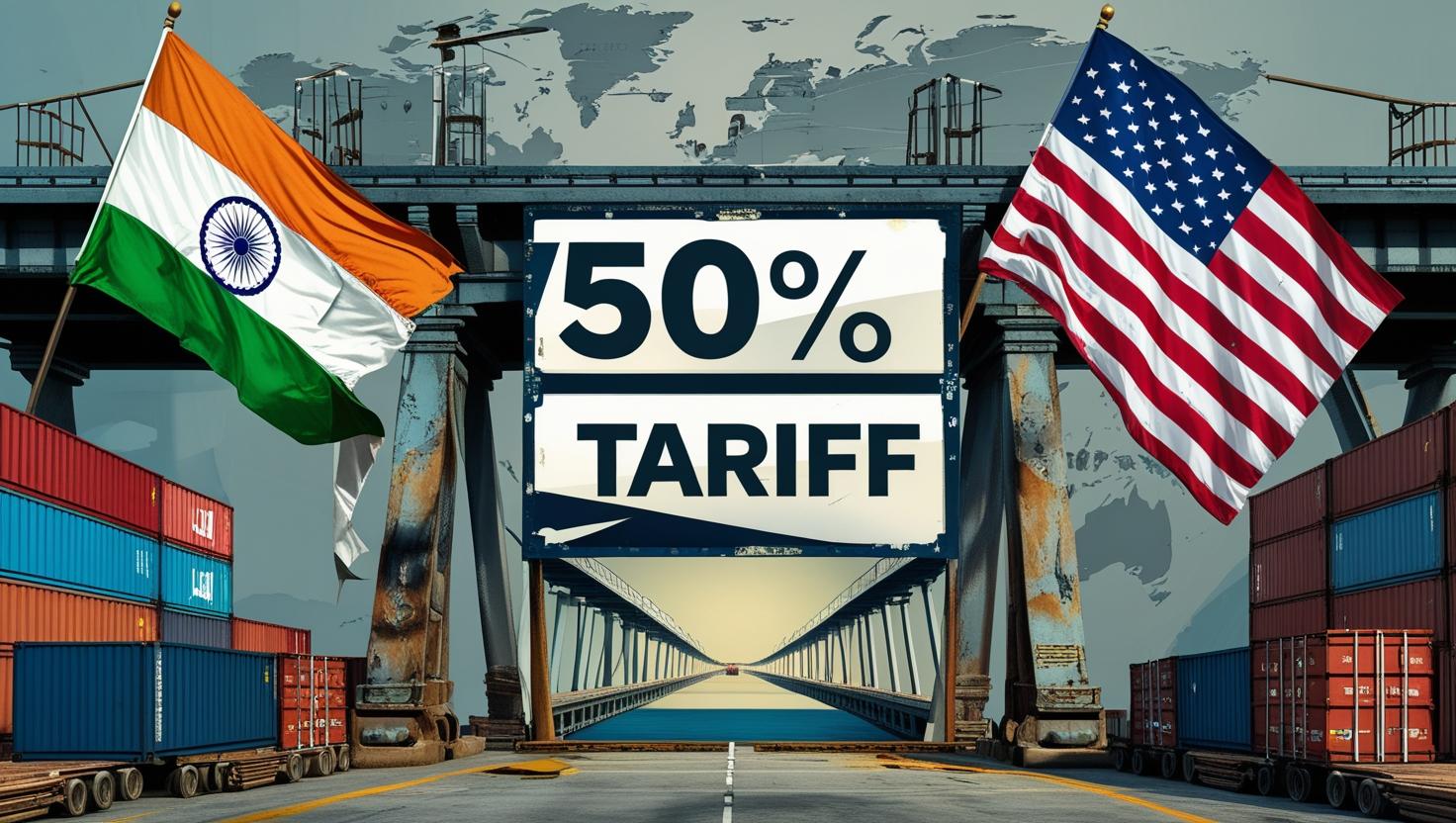The highly anticipated India–US trade talks, scheduled for August 25–29, 2025, have been abruptly postponed after the United States canceled its negotiators’ visit to New Delhi. The delay comes at a critical juncture when bilateral trade relations are already strained due to rising tariffs and geopolitical disagreements. With Trump’s 25% tariffs on Indian exports already in effect since August 1, another 25% tariff escalation is set to begin on August 27, potentially raising the total tariff burden on Indian goods to 50%.
This development marks a setback in the ongoing effort to finalize a Bilateral Trade Agreement (BTA) that has been under discussion since early 2024.
⚖️ Why Were the Talks Postponed?
Several contentious issues have led to the breakdown in scheduling:
-
Russian Oil Imports – India’s continued crude oil purchases from Russia remain a sticking point for Washington.
-
Agricultural Market Access – The U.S. demands greater access to Indian markets for its dairy and agricultural products, which New Delhi has resisted to protect domestic farmers.
-
Strategic Autonomy – India’s non-alignment stance on global conflicts and its growing ties with Russia and Iran have added friction.
A U.S. Treasury official even described India as “recalcitrant” in its trade stance, highlighting deep policy disagreements between the two countries.
📊 Tariff Escalation Timeline
| Date | Event |
|---|---|
| July 30, 2025 | Trump announces new tariff package on India. |
| August 1, 2025 | First 25% tariffs imposed on Indian exports to the U.S. |
| August 25–29, 2025 | Planned sixth round of talks in New Delhi — Postponed |
| August 27, 2025 | Additional 25% tariffs scheduled → Total tariff burden: 50% |
| October 2025 (tentative) | U.S. hints at possibility of deal, though uncertain |
📉 Impact on Indian Economy & Trade
-
Export Pressure
-
Key industries like textiles, engineering goods, IT services, and pharmaceuticals will face higher costs in U.S. markets.
-
Exporters fear losing competitiveness compared to rivals in Southeast Asia and Latin America.
-
-
Investor Sentiment
-
Indian equity markets may witness short-term volatility, particularly in export-heavy sectors.
-
The rupee could also face depreciation pressure if trade imbalance widens.
-
-
Domestic Farmers vs. U.S. Agriculture Lobby
-
India is unwilling to compromise on opening its dairy and agricultural sectors.
-
Any concessions here could have significant political implications domestically.
-
-
Diplomatic Relations
-
Postponement signals strained U.S.–India relations at a time when both countries should ideally be deepening strategic cooperation against China.
-
🔎 Market & Investor Insights
-
Short-term traders should monitor export-driven companies like textiles, steel, and chemicals for downside risks.
-
Long-term investors may expect India to diversify its trade partners (EU, UAE, ASEAN) if U.S. tariffs persist.
-
The 50% tariff risk could push India towards strengthening ties with Russia, Middle East, and BRICS partners.
🏛️ What’s Next?
-
Uncertain Timeline: As of now, there is no rescheduled date for talks.
-
Tariffs Likely to Go Ahead: Unless urgent negotiations restart, the additional 25% tariffs on August 27 are almost certain.
-
Geopolitical Realignment: This episode could accelerate India’s shift towards a multi-polar trade strategy, reducing reliance on U.S. markets.
📌 Conclusion
The postponement of India–US trade talks reflects the fragile nature of global trade diplomacy in 2025. While both sides have much to gain from a comprehensive agreement, mutual distrust and diverging national interests continue to obstruct progress. With tariffs set to double by the end of August, the coming weeks will be decisive for Indian exporters, policymakers, and global investors alike.
📉 Stock Market Disclaimer
Disclaimer: This post is for informational and educational purposes only and does not constitute financial advice or a recommendation to buy/sell any stock or share. Investing in the stock market involves risk. Past performance is not indicative of future results. Always conduct your own research or consult a licensed financial advisor before making investment decisions.






